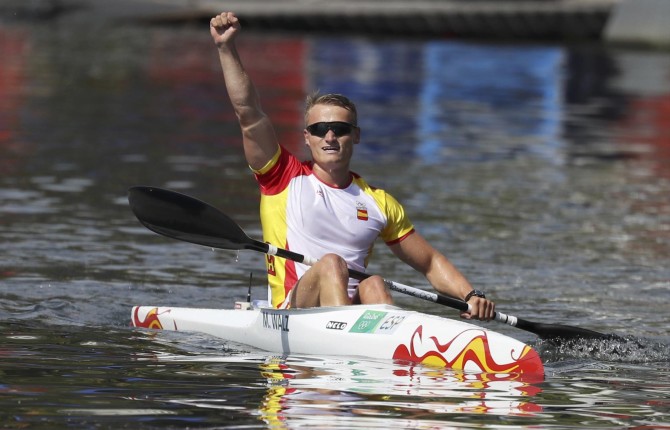Announcing the book “Complements to the Base Technique in Sprint Kayaking: Methods of Evaluation” by Andrea Pace
We are proud to announce you can download the book ”Complements to the Base Technique in Sprint Kayaking: Methods of Evaluation” written by our team member Andrea Pace from our site. It is a very special book for the TiP team as it is the script on which we build our technique work.
The author of the book Andrea Pace graduated in physics and is a former sprint canoeing competitor and coach. Currently he works for the Italian Institute for Medicine and Sport Science in Rome and is also a co-worker at the Italian institute for Naval Architectures’ ship model experiment tank.
Furthermore we work with Pace on research and design of new measurements systems, training machines and feedback solutions. He quantifies technique and takes guessing out from our coaching.
In his book (published in Italian language in 2016 and later in English in 2017) he systematically studies the physics phenomena observed in the best kayakers in the world only to compare them to the physics observed in less successful kayakers. In doing so he was able to:
- define the kayaking technique with a set of new but very intuitive parameters, very useful for quantifying technique on one side and even more useful for coaches in everyday practice (called the 9 parameters);
- devise a set of hydrodynamics measurements that put under question a lot of old preconceptions about kayaking technique and also put under question a lot of anecdotal knowledge and practices many of us coaches were using so far (called Step 1 and Step 2);
- devise a wide range of very useful tools and methods for qualitative analysis for the coach and sports analyst to use in daily practice (like in field quick assessments, drills or feedback tools);
- devise a new way of analyzing race performances through a graph that in turn leads to very interesting new approaches to race evaluation (called the H-graph).
The key message of his book is a clear and scientific proof that who wins in sprint canoeing does so because he was able (most often intuitively) not to work against any of the physical phenomena the author describes. Furthermore he clearly demonstrates that working alongside these physical phenomena is much more important for success than training methods or physiology alone.
The text demands some focus from the reader. Translating it from the Italian original text to English language must have not been an easy task. But for those who will take the time to read the whole work and let it sink in, a whole new way of looking at paddling will suddenly click into place and you will be able to understand the sport on a much higher level. Coaches and athletes from countries such as Italy, Finland, Belgium, Croatia, Spain, Slovenia, Israel, Singapore, Romania and New Zealand are already studying and using it.
Feel free to download it from our Free Resources page and take the time to fully comprehend it. By reading the book you will also understand better the connection between conditioning work we were suggesting in the past 5 blogs and the whole training system we will start to introduce in the coming blogs. Finally you will see paddling technique is not a separate entity but it is one with paddlers abilities, capacities, skills, morphology, experience and equipment.


